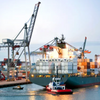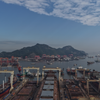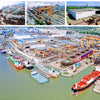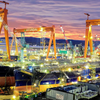The impact of the Red Sea crisis on the container supply chain and the forecast of the industry
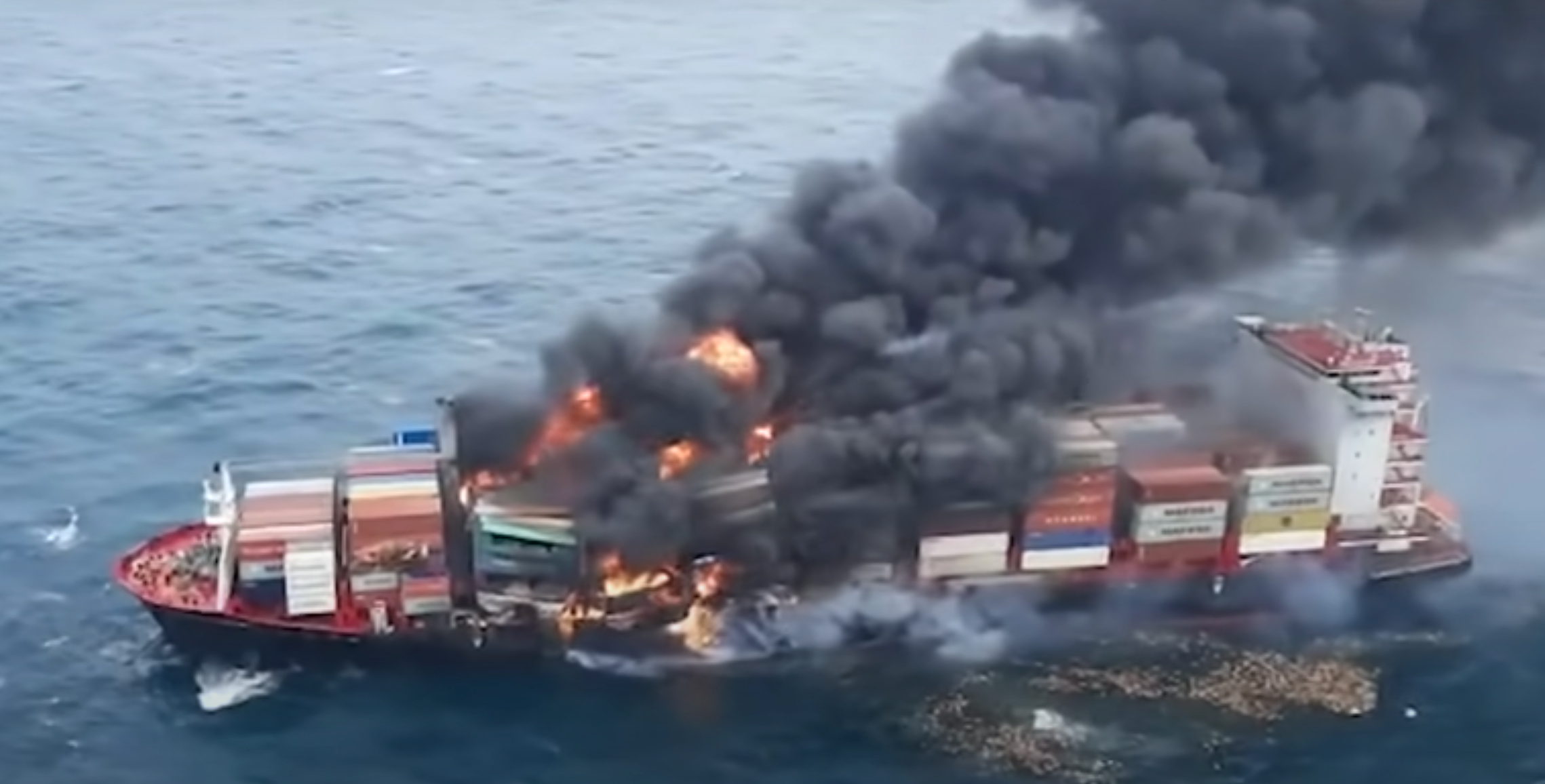
Preface
The Red Sea is located between northeastern Africa and the Arabian Peninsula. Its northern end is connected to the Mediterranean Sea through the Suez Canal, and its southern end is connected to the Gulf of Aden through the Bab el-Mandeb Strait. 12% of global cargo trade passes through the Red Sea every year, one-third of global shipping capacity is deployed on Asia-Europe routes, and about 20% of container shipping trade passes through the Red Sea.
Overall, the Red Sea crisis has limited impact on China's energy and bulk commodity transportation, but has a significant impact on the container supply chain.Asia-Europe routes are facing tight container shipping capacity. Affected by the slowdown in global trade growth, the container shipping market has generally been in a state of oversupply over the past year or so.
1. The Red Sea crisis disrupts container shipping and international trade markets
The demand for trade volume equivalent to tons of nautical miles increased, and it was difficult to replenish the shipping capacity in the short term.Causing tight transportation capacity. The Red Sea crisis occurred in an environment of tight capacity balance on the Asia-Europe route, and the impact of bypassing the Cape of Good Hope further aggravated the tight capacity situation.
After the outbreak of the Red Sea crisis, container liners on Asia-Europe routes diverted around the Cape of Good Hope, which directly increased fuel costs and fixed expenditure costs, and insurance costs also increased significantly. Booking prices on Asia-Europe routes have surged.
Changes in Shanghai export container freight rates from October 2023 to January 2024 (Unit: USD/TEU)
On January 12, the market freight rates for exports from Shanghai Port to European basic ports and Mediterranean basic ports were US$3,103/TEU and US$4,039/TEU, an increase of 201.6% and 157.3% respectively from December 15.The freight rates on European routes have increased, which has led to significant increases in freight rates on American routes and Persian Gulf routes. The freight rate for 40-foot containers from China to European basic ports was as low as US$800 in October and rose to around US$6,000 in January.
2. The Red Sea crisis caused fluctuations in container supply chain indicators
Since the third quarter, except for October, the prosperity index has maintained an upward trend. In December, the container supply chain prosperity index was 111.43, reaching the highest value during the year and entering the transition period of prosperity.
3. Container supply chain trend judgment and response suggestions
The situation of excess container shipping capacity and container sources has not changed. The World Trade Organization predicts that global trade growth will be 3.3% in 2024, and 478 container ships are planned to be delivered in 2024, with a transport capacity of 3.1 million TEUs, a growth rate of approximately 10%.The empty container inventory at the port will continue to be consumed, and it is recommended to pay attention to the supply of empty containers at the port in mid-May.
As container shipping capacity on the Asia-Europe route is tight, the return rate of empty containers will also slow down. Because the return loading rate of European routes is about 40%, the remaining 60% of the space is used to transport empty containers.After the Red Sea crisis, liner companies have adopted a series of measures such as short voyages, port hopping, increasing speed, and supplementing capacity to reduce empty flights.
After detouring around the Cape of Good Hope, the round trip time between Asia and Europe is about 13 weeks. If the Red Sea crisis is not resolved in the short term, the route will be empty again in mid-May, affecting the supply of empty containers at the port.



